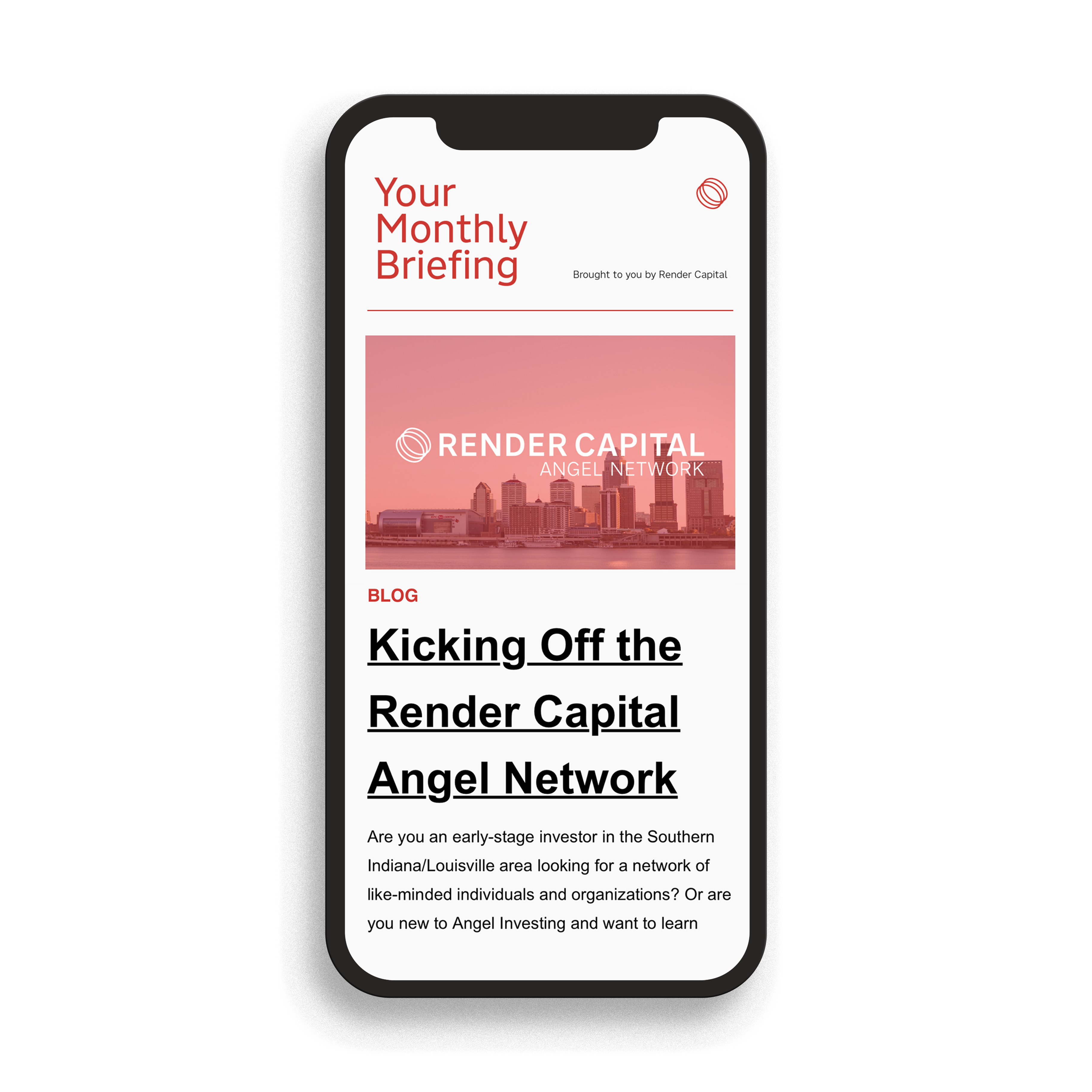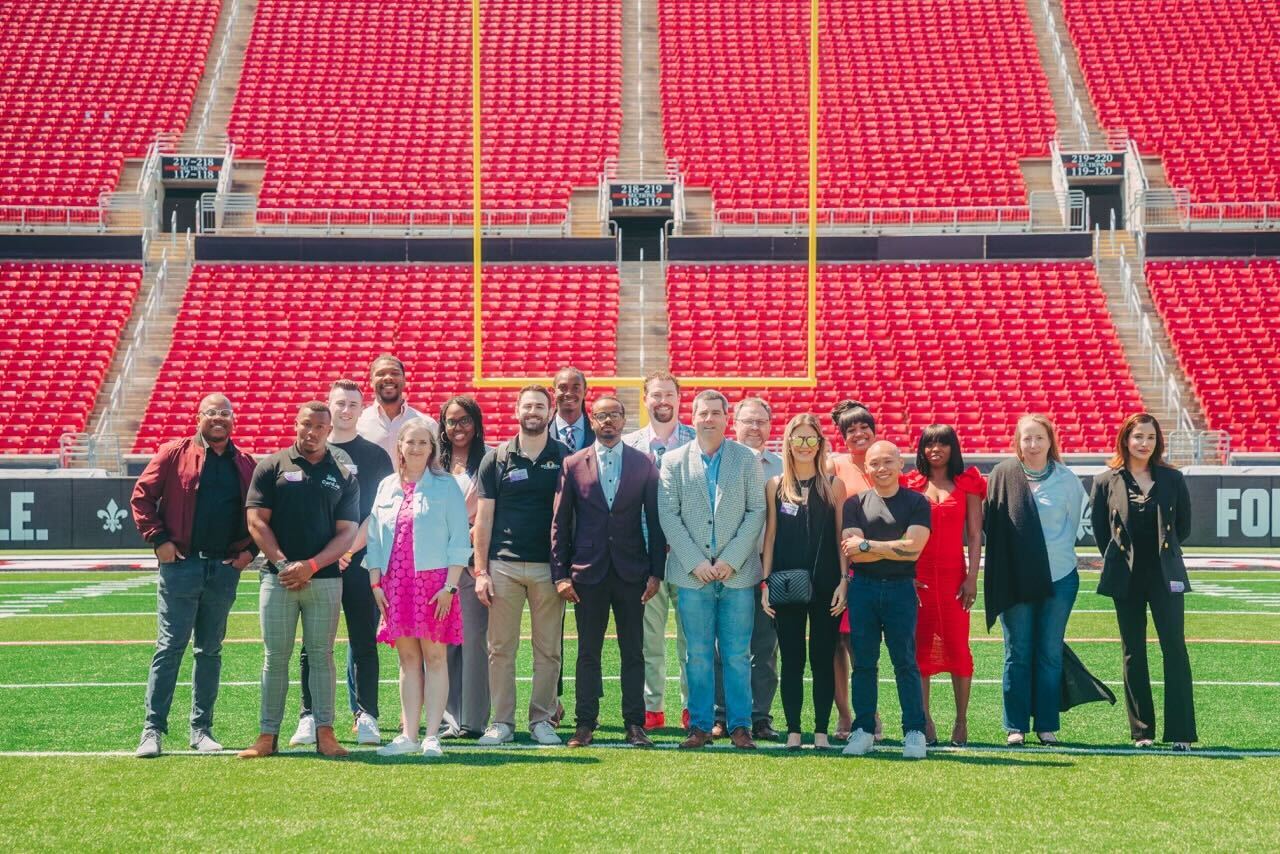What is an Investment Memo?
An investment memo, also known as an investment recommendation, is a document that outlines the key details and analysis of a potential investment opportunity in early-stage venture capital. It is prepared by a venture capitalist or an investment team and is used to communicate the merits of an investment opportunity to potential investors or partners.
At Render Capital we use an investment memo with every opportunity that warrants the final stage of our investment process which is taking the “deal” to the investment committee.
Broadly, the investment memo for most venture firms typically includes a detailed description of the company, including its products or services, market opportunity, and management team. It also provides an overview of the competitive landscape, market trends, and potential risks and challenges. The memo may also include financial projections and an analysis of the company's valuation, the investment they have raised to date, and the current 'offering' of this round of funding. The investment team will use this information to make a recommendation on whether to invest in the company and at what valuation.
Want to go straight to our investment memo template? Click here to get started!
Below, I’ll go into more detail about exactly what is in the first section of our investment memo. Founders who have been funded by us before or founders that we currently have in our pipeline will notice how and why our questions are so specific to each one of these areas that we dig into in order to ultimately come up with a recommendation (or not) to our investment committee.
Recently, I’ve seen several firms encourage founders to fill out this template as part of their investment pipeline process. This reduces friction in the investment process while also enabling founders to understand what we look for, without scouring the entirety of their diligence folder.
Let's highlight a few key areas:
Company Overview: The company overview section is pretty straightforward. We are trying to boil down what the company does, what problem they solve and summarizes the overall investment recommendation including why we have conviction enough to invest in this particular deal.
Deal Overview: This area goes into the term’s of the round itself. What type of “paper” or what style of investment will the company be entering into? SAFE, priced round, convertible note are all just “forms” of paper or a style of investments typical in the early stage venture capital landscape.
Pre and Post Money: are important pieces of the equation because this can swing the ownership a couple percentage points depending on the size of the fundraising. Pre-money valuation refers to the value of a company not including external funding or the latest round of funding. Post-money valuation includes outside financing or the latest capital injection.
Ownership Interest: is important because most venture firms use this as a part of their internal calculus for how much of a company they want to be able to own/secure before an exit transaction.
Key Metrics Explained:
Runway: or how much capital (in terms of months) the company has before they have to fundraise again. This is essential as the venture capital fundraising process is largely a full time job for the founder and takes 4-6 months from an initial conversation to wire transfers / checks being written. Which translates into the founder not being able to focus on growing customer revenue or diving more deeply into the solution / product / platform build out, again to increase revenue. With all this in mind most venture backed startups raise at least 12-18 months worth of runway for two main reasons:
- To get back to business building and not have to worry about fundraising for at least another 8-12 months
- To give them enough time to be able to hit the next tier of metrics in order to increase their valuation. Side note, for Render’s Fund 2 we are typically targeting companies that have ~$50k in monthly recurring revenue (or MRR) and growing 30% quarter over quarter (QoQ) in order to reach ~$150k a month in MRR for their next fundraise.
Current ARR/RR: the companies current “Annual Recurring Revenue” or ARR
Pricing Strategy: this is key especially as we look at companies that largely sell B2B or business to business. It’s critical that pricing and contract values are large enough to earn revenue at a quick enough velocity, While providing an outsized value to the customer. As with most businesses your pricing should reflect the value that you provide. The “but” is you don’t want to be such a large portion of a business’s budget that the platform/product is an easy target for budget cuts if that platform/product isn’t performing in an outsized manner, relative to the “cost” of the platform/service for the client.
ACV: is show for the average contract value for the platform/product to their customers. Most of our enterprise B2B companies have mid-five figure or lower six figure contract value and ideally (next area) have 10 or more customers when we invest in them.
Customers: Understanding customers is key not only in furthering sales but can also lend a hand in the ability to upsell or “land and expand” the current revenue base for a specific customer. If a startup initially sells to one business unit and then can expand their offering within that business unit or throughout the other business units as their platform/product proves value. This is true even with our CPG (consumer packaged goods) investments like ZeroCarb LYFE that sells direct to consumer (DTC) and also sells B2B - they just launched in over 400 stores through the US as of April 2023. The net of this section is 1) we want to understand your ICP (Ideal customer profile) 2) how many of those ICPs you have landed 3) the budgetary capacity of the ICPs and finally 4) your ability to sell into and expand sales across the organization/customer from that original “entry point”
Highlights / Key Risks: While this area is pretty self explanatory it serves as another high level synthesis of the data and insights gained from the others sections that provide deeper detail.
Glimmer of Greatness: As it says this really is all about the exceptional goal and ultimate vision for the company that will drive to an exit value north of $500M
Although this isn't a comprehensive list of everything in our investment memo, the hope is that with a deeper understanding you can begin to outline the key factors that set your investment up for success.
.png?width=2708&height=560&name=2022%20Render%20Capital%20Red-04%20(4).png)





